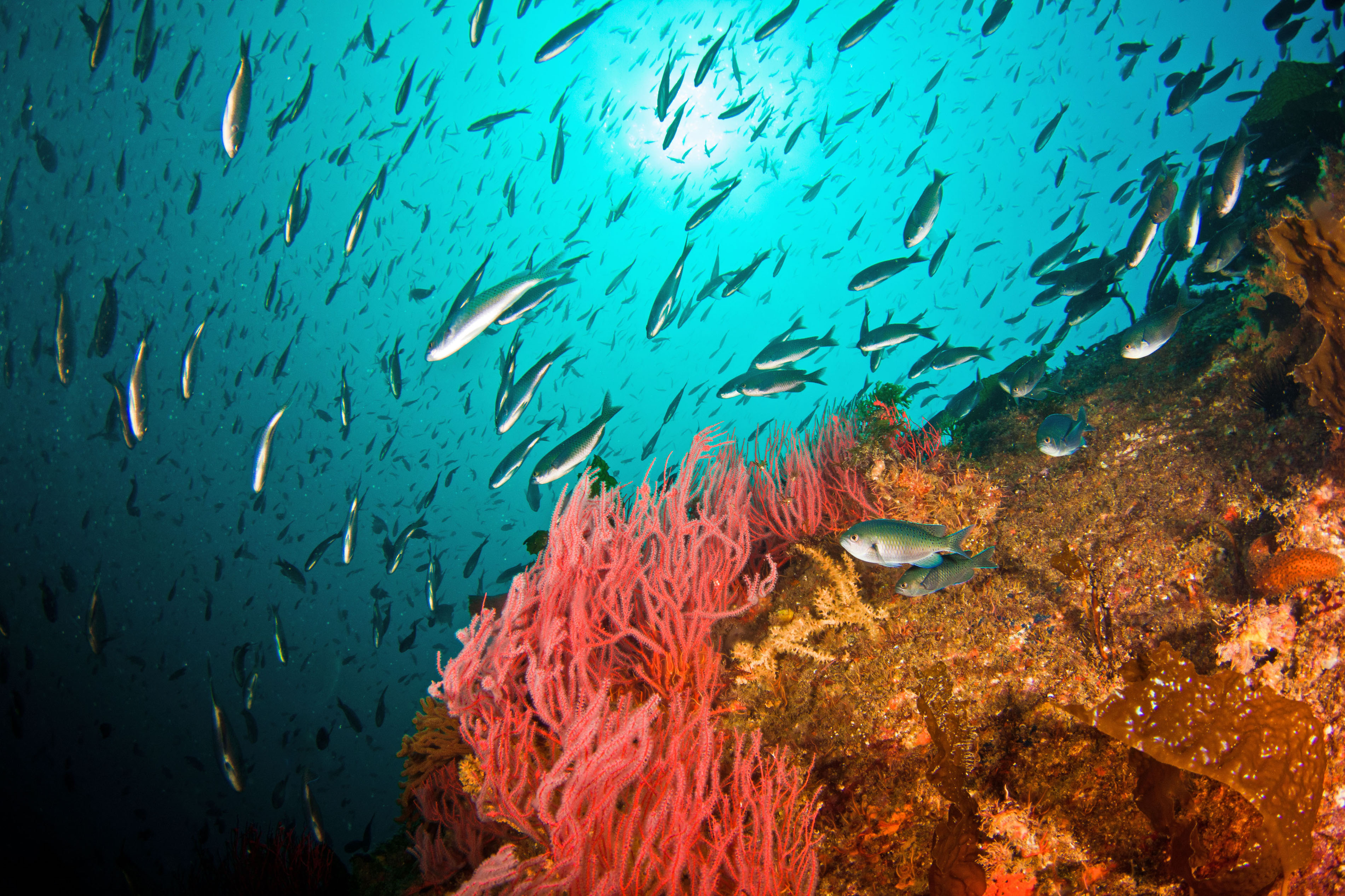
West coast marine ecosystems recovering from 2 year heatwave
California’s Current Ecosystem, which includes marine life off the Pacific coast, is now just beginning to recover from a two-year marine heatwave that caused population declines in many species including salmon.
The recent recovery rates were reported by the Southwest Fisheries and Northwest Fisheries Science Centers, two marine laboratories that are part of the National Oceanic and Atmospheric Administration (NOAA).
The annual “California Current Ecosystem Status Report” is important to the Pacific Fishery Management Council for making informed decisions about ecosystem management and preservation.
“The report gives us an important glimpse at what the science is saying about the species and resources that we manage and rely on regarding our West Coast economy,” said Phil Anderson, the Council Chair. “The point is that we want to be as informed as we can be when we make decisions that affect those species, and this report helps us do that.”
The report discussed the two-year extreme heat wave that lasted from 2014 to 2016, starting with warm ocean temperatures called “the Blob” that covered a lot of the west coast.
These temperatures combined with a strong El Nino pattern in 2015 caused many species to travel outside of their traditional range to feed.
Although the report notes that some areas and species are recovering, the impact of “the Blob” will still be felt, particularly among salmon populations, in the coming years.
Some of the other highlights of the report include improved feeding conditions for California sea lions and seabirds, and vital plankton species shifting back to fat-rich, cool-water species that help aid in the survival of salmon.
The report also notes that even though areas are recovering, adult salmon populations will still be lower than normal for the next few years, and whale entanglements are becoming increasingly common as the whales have been forced closer to shore to follow prey.
In 2017, parts of the west coast had low snowpack levels, indicating possible future drought conditions for 2018. This would pose further risk to salmon populations as they rely on river systems to spawn.
All in all, the California Current Ecosystem is slowly recovering from the extreme rise in marine temperatures, but it will be a few years before some species’ populations, such as salmon, completely bounce back.
“These changes occur gradually, and the effects appear only with time,” said Chris Harvey, a d coauthor of the report. “The advantage of doing this monitoring and watching these indicators is that we can get a sense of what is likely to happen in the ecosystem and how that is likely to affect communities and economies that are closely tied to these waters.”
—
By Kay Vandette, Earth.com Staff Writer
Image Credit: Adam Obaza/West Coast Region/NOAA Fisheries













